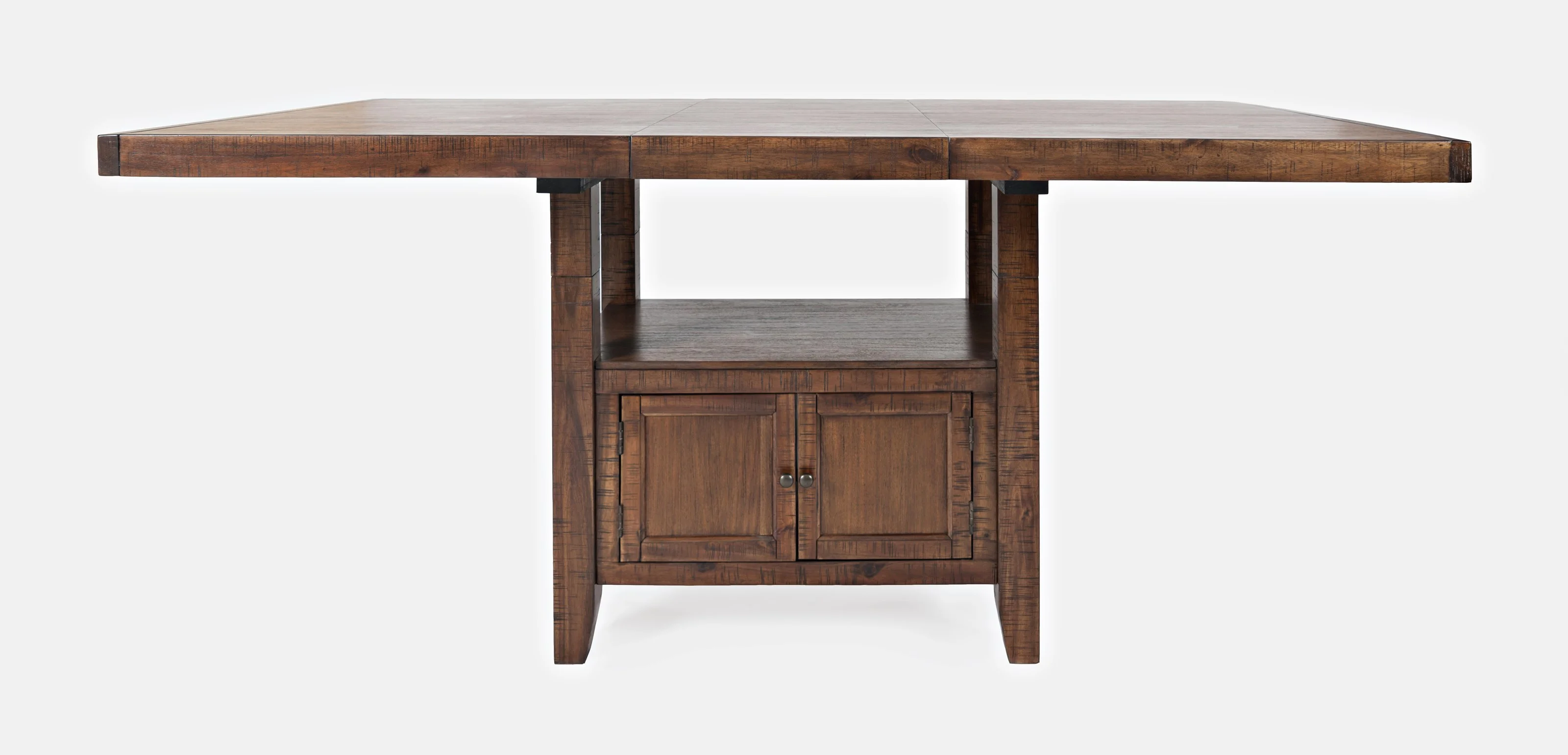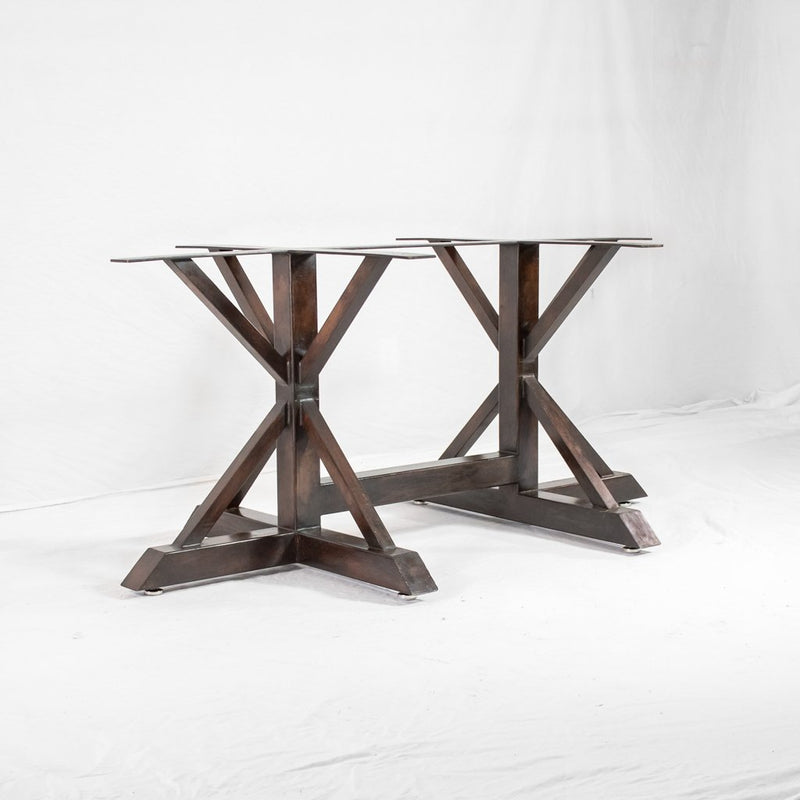From Typical to Modern: Discover the Suitable Dining-room Table Legs for Your Style
The selection of dining-room table legs plays an essential role in specifying the overall personality of your room, connecting the void between traditional workmanship and contemporary looks. While classic layouts such as cabriole and turned legs stimulate a feeling of timeless elegance, contemporary designs like hairpin and geometric choices provide a chance for striking visual passion. Examining the right balance between these designs requires a nuanced understanding of your existing decor and personal taste. As you take into consideration these aspects, the inquiry remains: exactly how can you effortlessly incorporate these diverse leg styles to develop a harmonious dining experience?
Comprehending Table Leg Styles
The selection of eating area table leg designs can significantly influence both the looks and capability of the room. Each leg design adds distinct functional features and visual elements, dealing with varied layout choices and use needs. Recognizing these designs is vital for selecting the best dining table that aligns with your overall interior decoration vision.
For circumstances, conical legs offer a clean, timeless appearance that can improve an area's style, while pedestal bases provide stability and make the most of legroom, making them perfect for smaller spaces. Barrette legs, a characteristic of mid-century modern-day layout, present an industrial style, permitting a ventilated, open feel. Trestle legs stimulate rustic beauty, supplying robust assistance and a sense of eternity.
Moreover, the selection of materials plays a significant duty. Wood legs can bring warmth and appearance, whereas metal alternatives usually convey a sleek, contemporary ambiance. Ultimately, understanding table leg styles is important for developing a cohesive eating location that shows individual style while making sure functionality and convenience. By attentively thinking about these components, you can enhance both the practical and aesthetic allure of your eating space.
Standard Table Leg Options
When picking dining-room table legs, standard alternatives typically symbolize classic elegance and workmanship. These layouts reflect a rich heritage and a commitment to high quality, making them excellent for those who appreciate traditional appearances.
One of one of the most iconic traditional leg styles is the cabriole leg, characterized by its graceful rounded form. This layout often features ornamental carvings and is most typically discovered in Queen Anne and Chippendale furniture. One more prominent alternative is the transformed leg, which flaunts a collection of smooth, rounded shapes that offer a timeless look while maintaining stability.
In addition, the straight leg, while straightforward, provides a strong and unadorned structure that can blend seamlessly with a selection of tabletop designs. For those attracted to ornate detailing, claw-and-ball feet legs evoke a feeling of majesty and can function as a sensational prime focus in any eating space.
Lastly, pedestal bases, although not strictly legs, give a different standard choice that allows for enough legroom and can be magnificently carved. Each of these traditional leg designs adds to the total setting of a dining-room, weding function with aesthetic appeal.

Modern Table Leg Layouts
Modern table leg layouts provide a varied variety of designs that highlight ingenious materials and clean lines. These layouts typically prioritize capability while acting as striking centerpieces within a dining space. Minimal looks prevail, with legs crafted from products such as metal, glass, and engineered timber, which add to a airy and contemporary feel.
One preferred this page style is the barrette leg, characterized by its slender, conical framework that offers security without overwhelming the tabletop (dining room table legs). This design is often found in mid-century modern-day furniture and can effortlessly enhance various table forms. Another pattern is making use of geometric shapes, where legs may handle asymmetrical or angular types, including aesthetic passion and a touch of virtuosity

Blending Styles for One-of-a-kind Areas
Usually, house owners seek to create one-of-a-kind dining rooms that show their personal style by mixing various design aspects. This technique enables for the consolidation of diverse visual appeals, resulting in an unified yet distinctive environment. For circumstances, matching a rustic blog here wood table with sleek, contemporary metal legs can produce an eye-catching comparison that elevates the area's overall charm.
Additionally, incorporating vintage table legs with contemporary table tops can evoke a sense of history while preserving a modern-day sensibility. Such combinations not just showcase individual preference but also urge creativity, permitting homeowners to curate a space that feels both personal and welcoming.
Color plays a critical function in this blending process; picking table legs that match or contrast with the existing color design can boost aesthetic passion. Whitewashed legs can soften the boldness of a dark table surface area, creating a well balanced visual.
Tips for Choosing the Right Legs
Picking the right table legs is necessary for achieving both performance and visual appeal in your dining space. Begin by taking into consideration the overall style of your space. Typical settings take advantage of legs that include elaborate carvings or transformed layouts, while modern spaces may call for smooth, minimal designs.
Following, assess the elevation and stability of the legs. dining room table legs. Conventional table vary in between 28 to 30 inches in elevation, so make certain the legs complement this measurement for comfort. Furthermore, durable products, such as wood or steel, can enhance stability and longevity
Assess the leg shape also-- choices include straight, tapered, or stand layouts. Straight legs supply a traditional appearance, while conical legs can include a touch of style. Pedestal bases provide ample legroom and are perfect for smaller spaces.
Conclusion
In summary, choosing the optimal dining-room table legs requires mindful factor to consider of both contemporary and conventional styles. Standard choices such as cabriole and turned legs offer timeless elegance, while modern-day layouts like barrette and geometric shapes supply a modern touch. By balancing leg style, height, and product with the general design, a natural and inviting atmosphere can be achieved. Inevitably, the selected table legs should reflect the preferred aesthetic, boosting the eating experience within the space.
The range of dining area table leg styles can significantly affect both the looks and performance of the area. Ultimately, recognizing table leg styles is crucial for producing a natural eating area that mirrors personal design while ensuring functionality and convenience.One of the most renowned standard leg designs is the cabriole leg, characterized by its websites stylish bent form. Straight legs use a classic look, while conical legs can add a touch of sophistication.In recap, picking the optimal eating room table legs needs mindful consideration of both modern-day and typical styles.